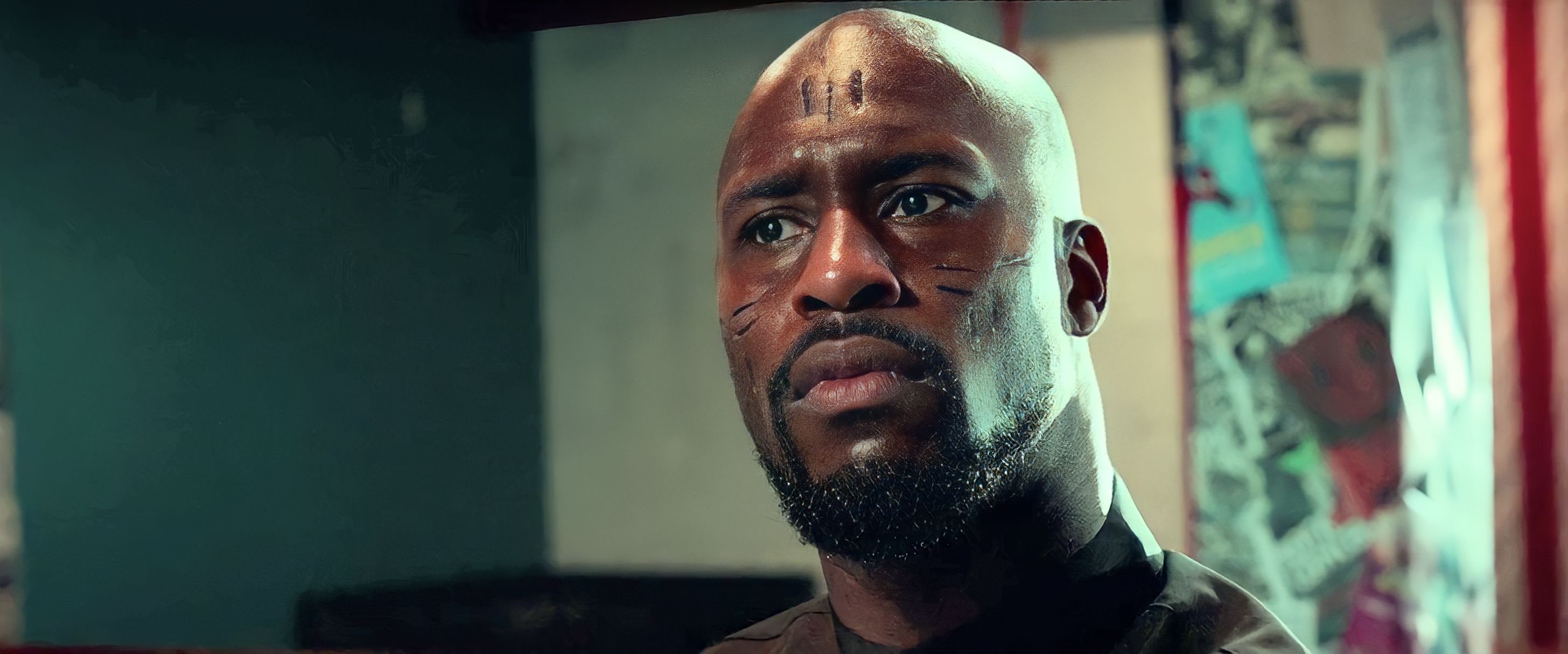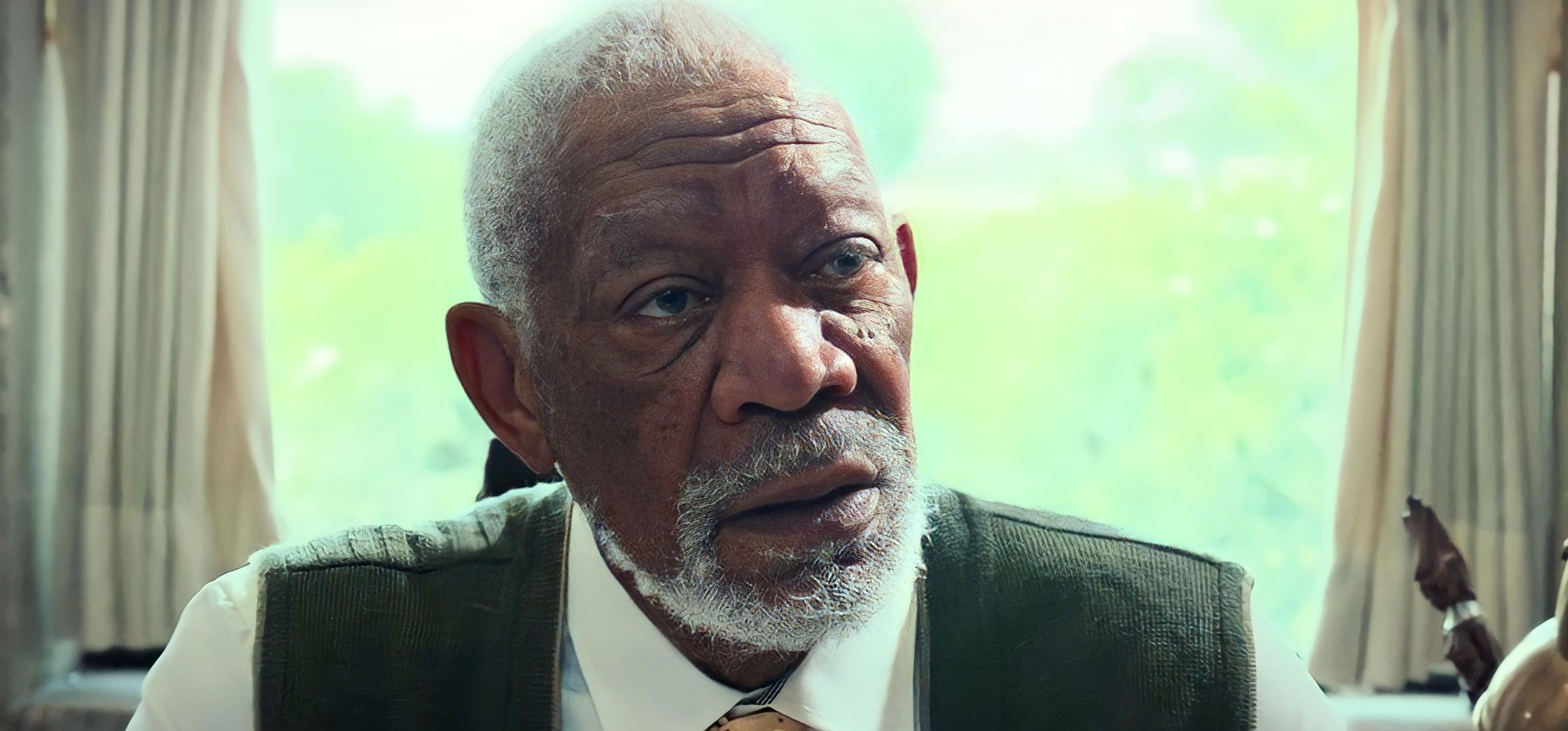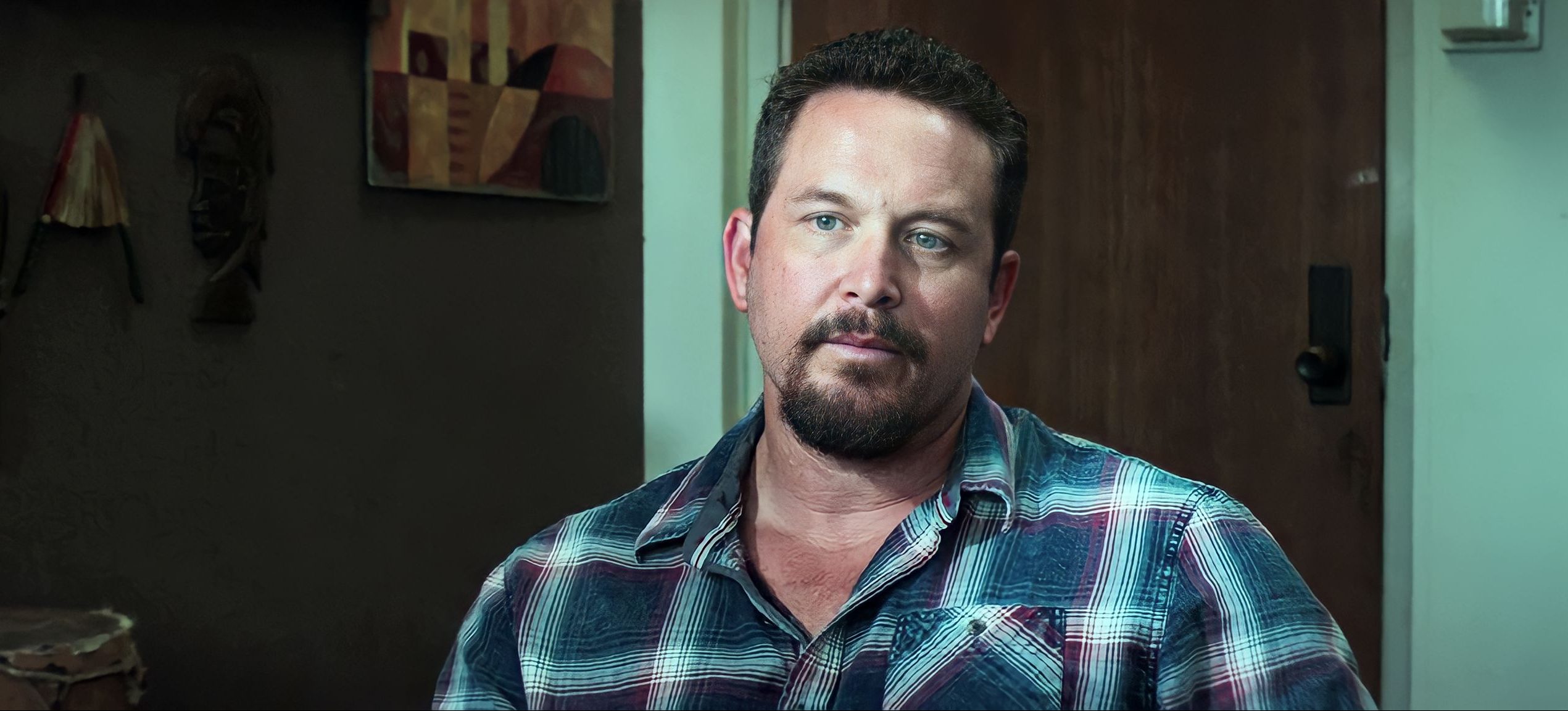George Gallo’s crime film ‘The Ritual Killer’ revolves around Clinton P.D. detective Lucas Boyd, who investigates multiple murders that are committed as part of African rituals. Boyd seeks the help of renowned African scholar Dr. Mackles to unravel the mystery behind the murders. Their collaboration leads them to Randoku, an international criminal who kills randomly selected individuals as a sangoma. As the film progresses, Boyd and Mackles come across the strength of the evil force they are up against. Since the film is deeply rooted in African culture, the viewers must be eager to find out whether it is based on real life. Here’s what we can share about the same!
The Ritual Killer is a Fictional Story
No, ‘The Ritual Killer’ is not based on a true story. The lives of the fictional titular character Randoku and Boyd, the police officer who pursues the killer, were conceived by Bob Bowersox, Jennifer Lemmon, Francesco Cinquemani, Giorgia Iannone, Luca Giliberto, and Ferdinando Dell’Omo, based on a story by Joe Lemmon, Cinquemani and Iannone. However, the writers of the film were inspired by reality to create the foundation of Randoku that concerns the African rituals although there isn’t a real-life counterpart for the character. Muti, what Randoku practices to enhance the lives of his clients, is a real practice based in Southern Africa, especially in the country of South Africa.

Sangomas or the natural healers who practice muti use herbs and other natural products to treat their patients. Human organs are also allegedly used to make medicines according to the muti practice. As per reports, human sacrifices were made to harvest organs so that they can be used for medicinal purposes in several parts of Africa that range from Nigeria to the Zulu and Swazi regions of South Africa. In the film, Randoku is a sangoma who kills several individuals and harvests their organs to create potions that enhance the lives of his clients such as Shelby Farner.
Director George Gallo succeeds in offering a realistic portrayal and insight into muti practices through his film. According to investigative forensic psychologist Gerard Labuschagne, the healer removes the genitals of their victims for bringing good luck to their clients, as Dr. Mackles explains to Boyd in the film. As per African beliefs, “muti murders” were apparently committed sometimes by healers who remove their victims’ organs while they are still alive so that their screams would enhance the power of the medicines created by the same. In the film, Randoku also follows the same procedure.

The victims in ‘The Ritual Killer’ have a resemblance to a possible real-life victim of a muti ritual. In September 2001, the torso of an unidentified male child was found in the River Thames, London. The authorities named the child Adam and believed that he was possibly trafficked to the United Kingdom for ritual practice. The police also believed that his other body parts were likely used for making traditional medicines. In the film, the first dead body Boyd discovers is found in a river with the victim’s multiple organs missing. Possibly like the unidentified male child Adam, a ten-year-old boy becomes the victim of a muti practice in the film as well.
Businessmen in need of muti medicines in ‘The Ritual Killer’ may have real-life parallels. According to Labuschagne, businessmen might use medicines made using human hands to attract customers. George Gallo’s film can be seen as a combination of harrowing real-life details concerning muti and fictional characters. Although an African ritual killer named Randoku has never been pursued by the American and Italian police departments in real life, his actions are deeply rooted in reality. Thus, through its fiction, the film opens a window to the startling truth that revolves around the alleged muti rituals.
Read More: The Ritual Killer Ending, Explained: Is Randoku Dead? Where is Mackles?


You must be logged in to post a comment.